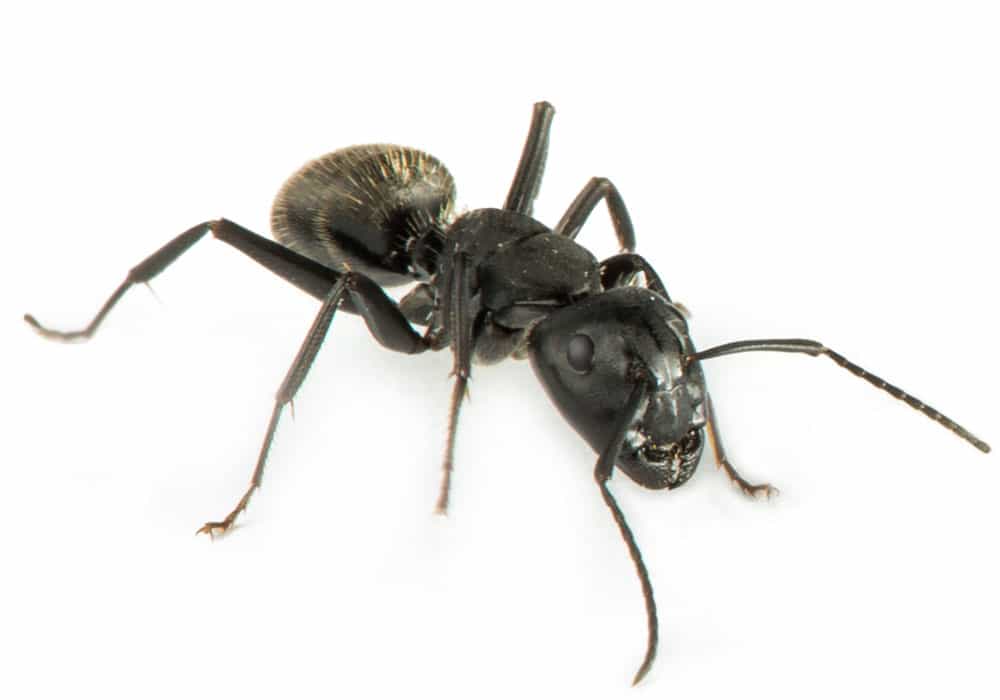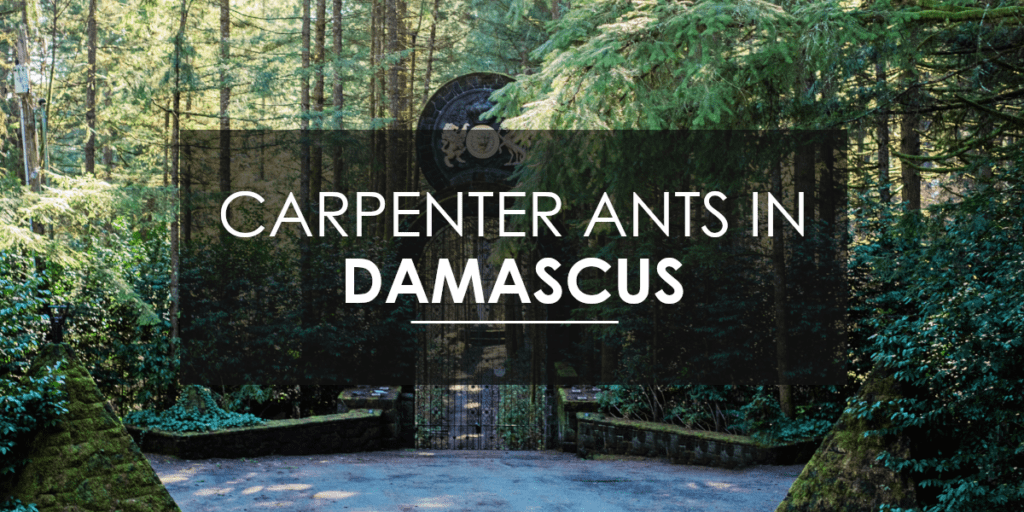Sugar ants, also known as odorous house ants, are one of the most common pests in homes today. But why do they seem to appear out of nowhere? Understanding why sugar ants invade your space can help you prevent future infestations.
Why Are Sugar Ants in My House?
Sugar ants are attracted to food and moisture, which is why kitchens and bathrooms are their primary target areas. However, other environmental conditions can also draw them in. For example, if you have a fruit tree or a garden nearby, these could be providing the perfect home for ants. It’s crucial to inspect your yard and remove potential attractants, such as overgrown branches or fallen fruit, to deter ants from entering your home.
Conducive Conditions for Ants
Ants thrive in areas that provide shelter, food, and moisture. Common conditions that attract ants include:
- Overgrown trees or vegetation near your home
- Fallen fruits or dead plants in the yard
- Moist areas like bathrooms or kitchens
- Cracks and crevices around your home that provide easy access
Case Study: Solving an Ant Problem at a Care Facility
We recently received a call from a local care facility where ants dropped from the ceiling onto a ventilator patient.
Upon investigation, we discovered that a cherry tree in the backyard was attracting ants. The ants were moving from the tree to the facility through cracks in the eaves. After implementing a treatment plan involving baiting and foam pesticides, the problem was solved, and the facility has been ant-free since.

Sugar Ant Description
Size
The sugar ant is very small—measuring about 2.4-3.3mm long. They are typically about as small as a pencil eraser. Although they are small, they quickly become noticeable as they swarm around food or stream through your home in a line.
Color
Sugar ants are typically black in color.
Smell
This might sound strange, but when crushed, sugar ants release an unpleasant, coconut-smelling odor. Sugar ants have a gland that releases this smell and it’s why they are called the odorous house ant.






